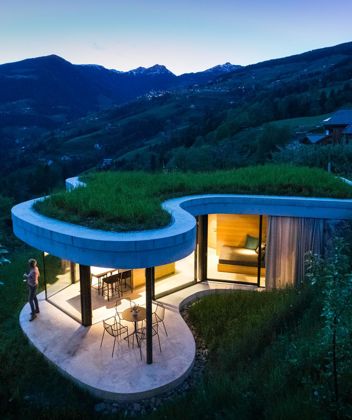- Home |
- Discover |
- Stories |
- Underground |
Underground in the mine
On discovery
When you climb a mountain, you're heading toward the sky. But what if you go in the opposite direction? If instead of climbing up the mountain, you climb into the mountain? Then you end up with a whole series of primal fears: narrowness, darkness, disorientation. Facing them while climbing a mountain is a unique experience. One that lingers on.
Three degrees, drizzle, a thick soup of fog: When Robert Gruber, the managing director of the Villanders Mine Cultural Association, greets me at the visitors' parking lot, it's not exactly mountain weather. Nevertheless, a mountain tour is on the agenda. One that is completely new territory for me, one that I only know will take me deep into the Villanders mine, one that Robert has said is "a bit more extreme". More extreme than what? I don't know, but I tell myself that the comparison was with the normal visitor tour. It's doable, I think. I hope so.
So the weather fits the mood in my head perfectly. It's just as cloudy, a few questions have been running through my brain in a continuous loop for days: How will I feel in there? How will the fact that thousands and thousands of tons of mountain are piling up above me affect me? What if I panic? And how on earth will I get out of it?
Three degrees, drizzle, a thick soup of fog: When Robert Gruber, the managing director of the Villanders Mine Cultural Association, greets me at the visitors' parking lot, it's not exactly mountain weather. Nevertheless, a mountain tour is on the agenda. One that is completely new territory for me, one that I only know will take me deep into the Villanders mine, one that Robert has said is "a bit more extreme". More extreme than what? I don't know, but I tell myself that the comparison was with the normal visitor tour. It's doable, I think. I hope so.
So the weather fits the mood in my head perfectly. It's just as cloudy, a few questions have been running through my brain in a continuous loop for days: How will I feel in there? How will the fact that thousands and thousands of tons of mountain are piling up above me affect me? What if I panic? And how on earth will I get out of it?


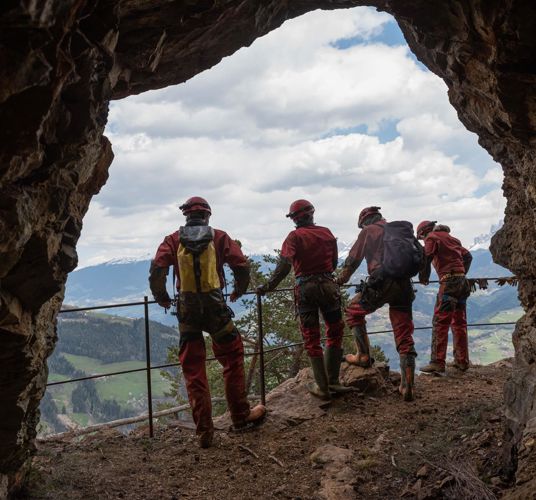
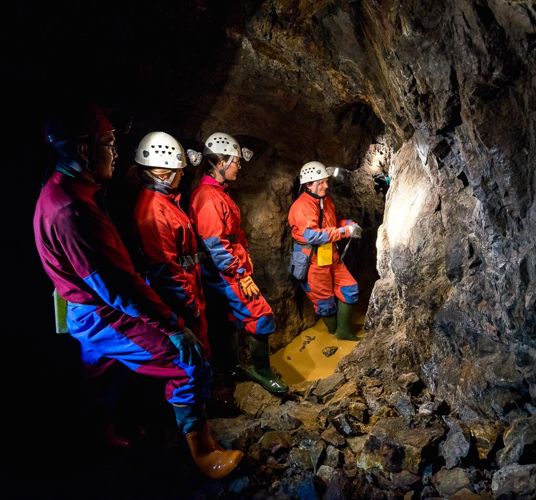
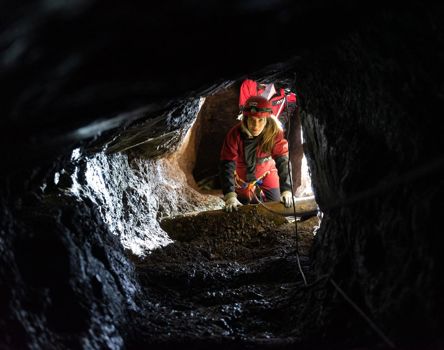
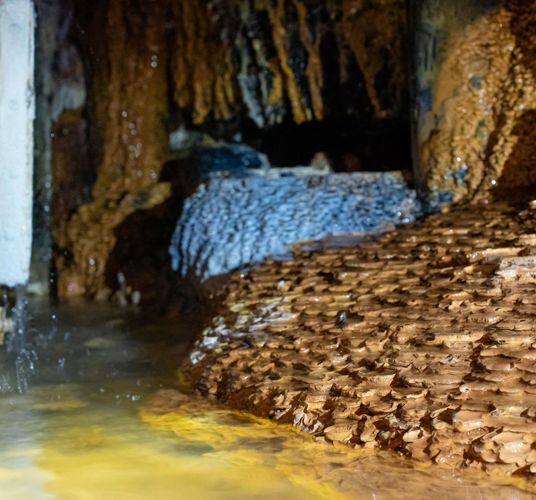
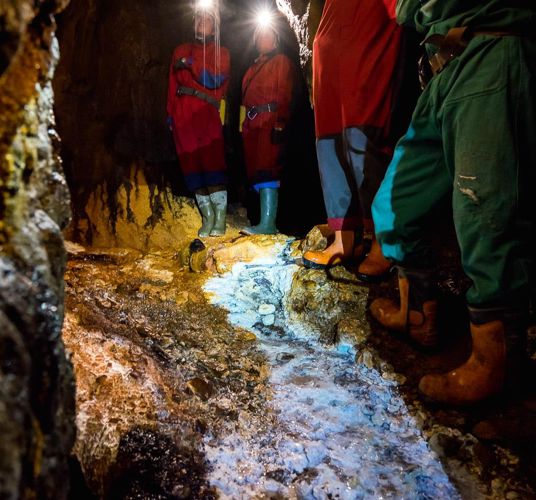
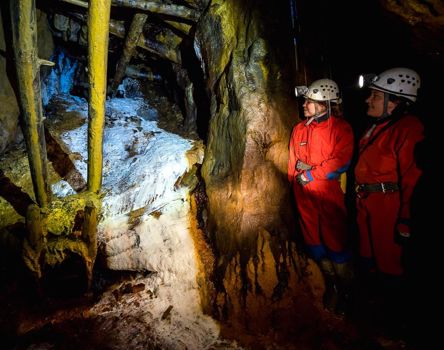
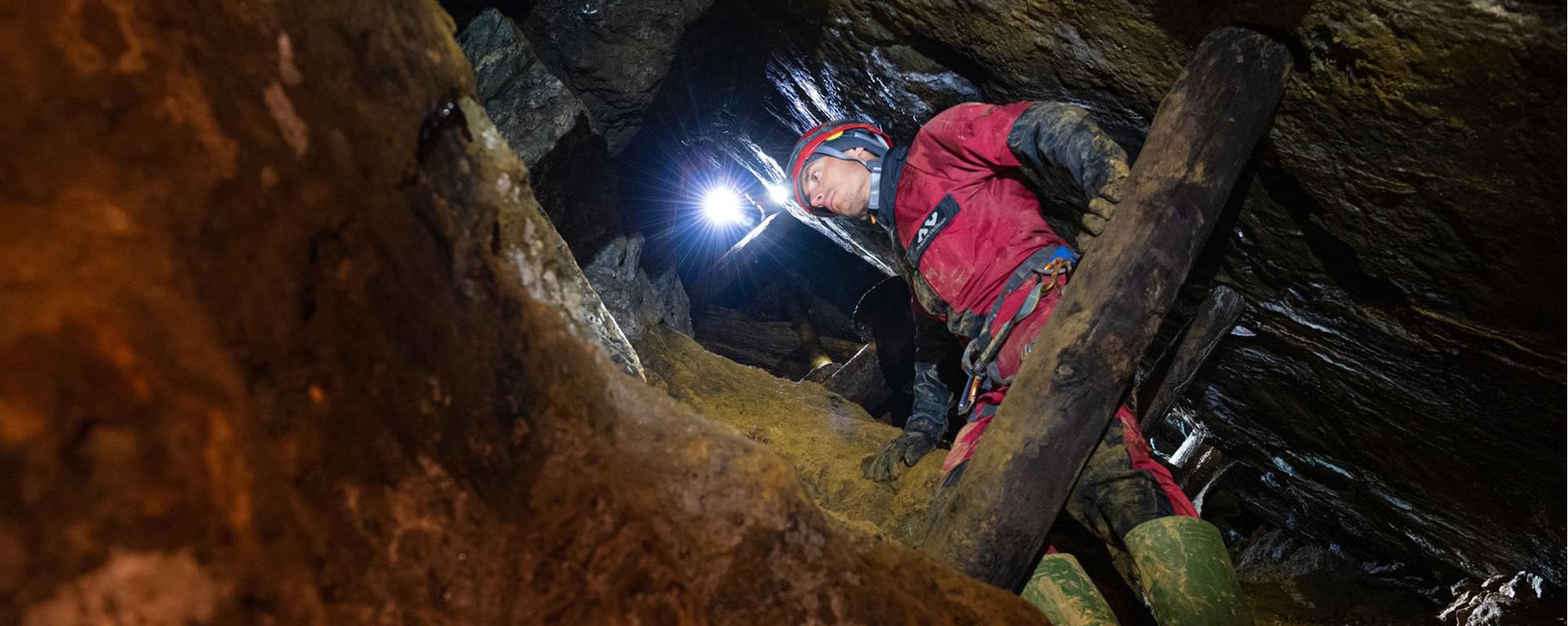
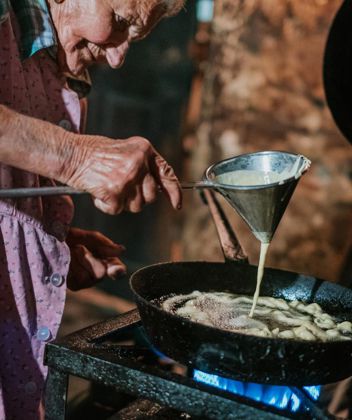
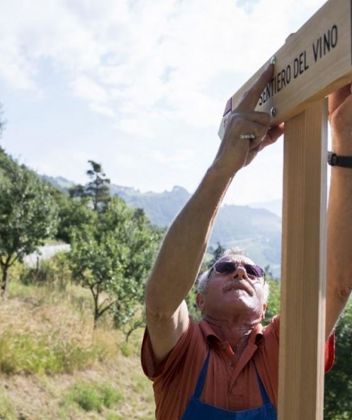
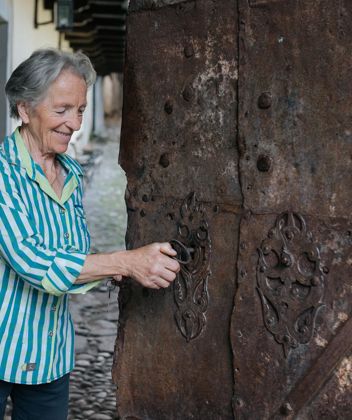

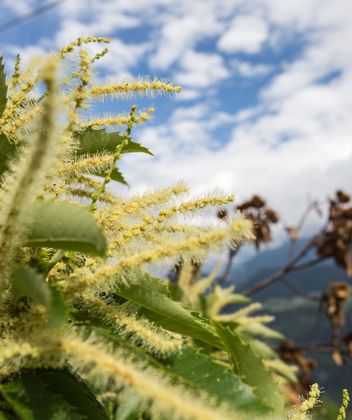
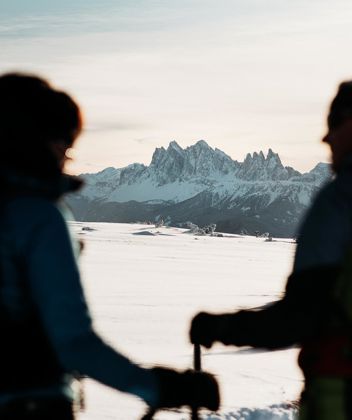
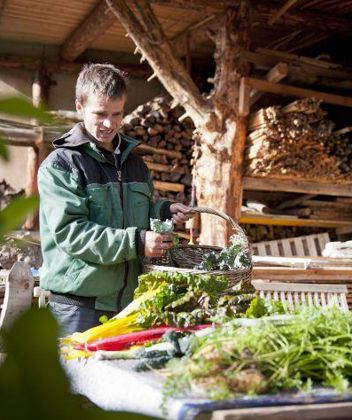
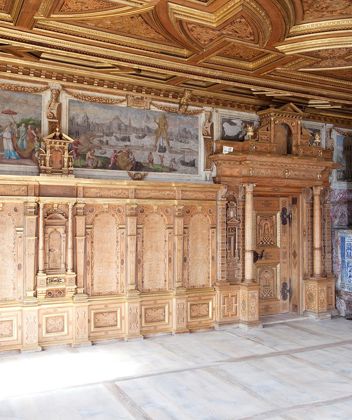


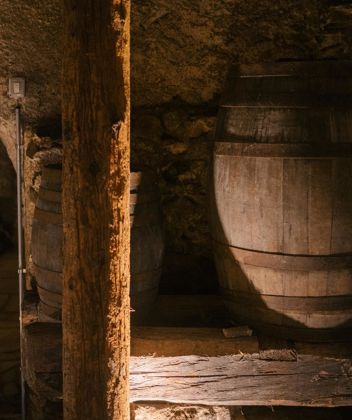
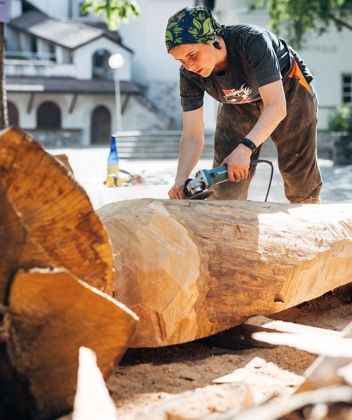
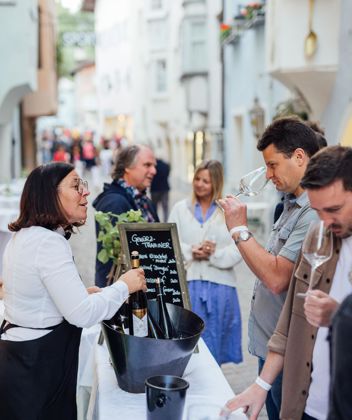
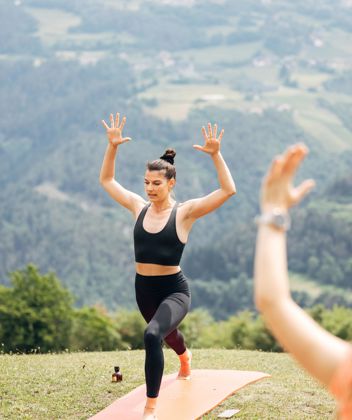


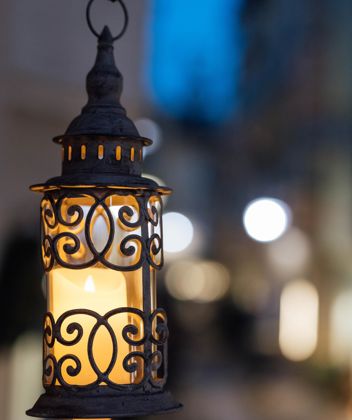
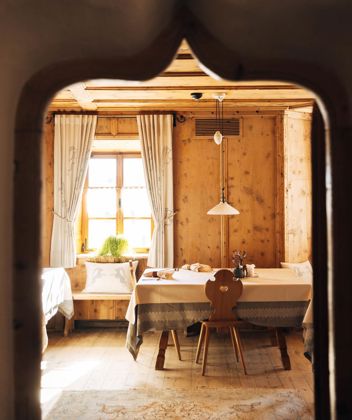
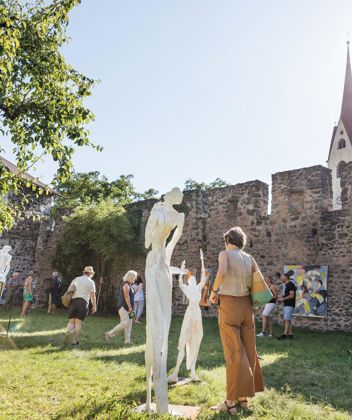_Thomas_Rötting.jpg)


